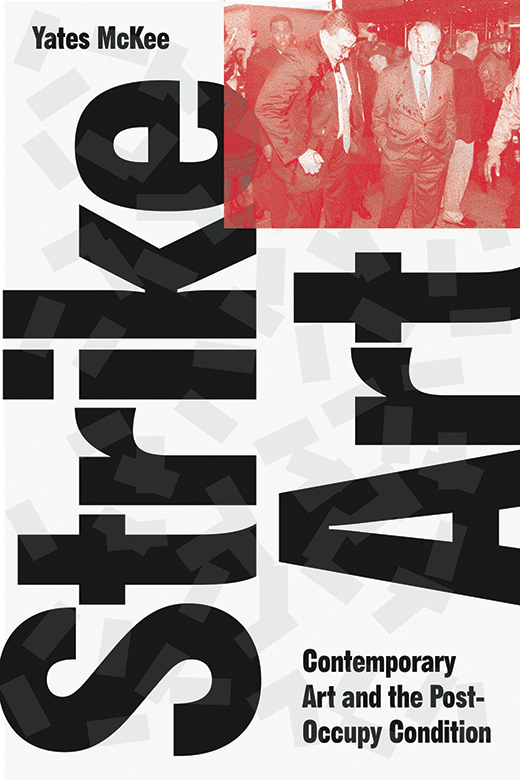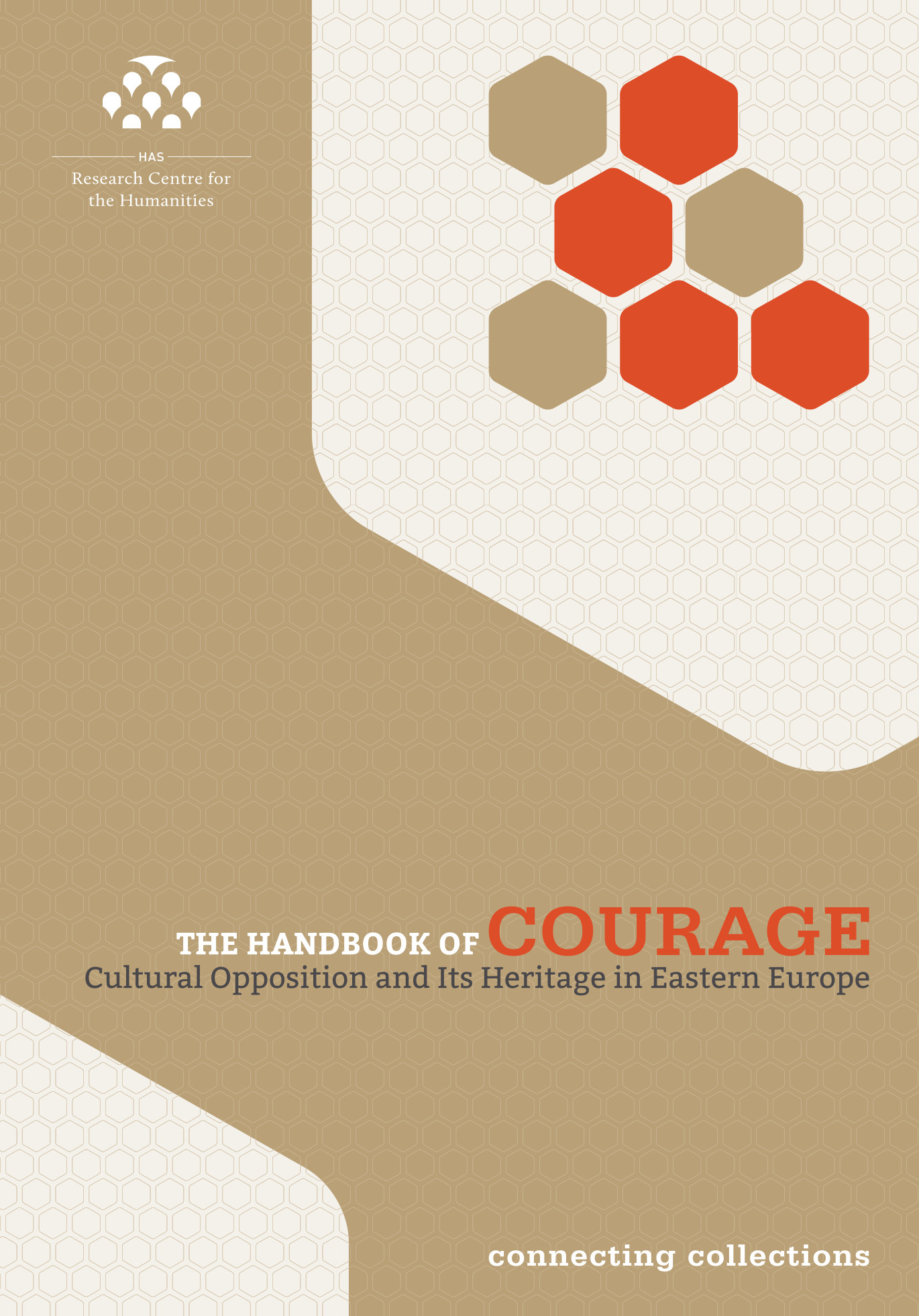John Akomfrah & Black Audio Fillm Collective: Handsworth Songs (1986)
Filed under video | Tags: · black people, essay film, protest, race, resistance
“Handsworth Songs was released in 1986 as a cultural response to social unrest in Birmingham and London in October 1985, looking at the way events unfolded, the two deaths (that of black woman Cynthia Jarrett and white policeman Keith Blakelock), and the subsequent media reaction.
Subsequently selected by Okwui Enwezor for inclusion in the 2002 Documenta XI in Kassel and acquired by Tate, this early work by the Black Audio Film Collective has become not only an influential touchstone for an entire genre of essayistic filmmaking, but an important document on the state of race relations in Britain since the landing of the Empire Windrush in 1948.”
“Through an impressionistic mélange of newsreel footage, photographs, and interviews, Handsworth Songs arrives at a powerful, allusive, and deeply personal statement about the black British experience.” (Ashley Clark)
Directed by John Akomfrah/Black Audio Film Collective, 1986
Produced by Lina Gopal
Commissioned by Channel 4 for their series Britain: The Lie of the Land
61 min
Interview with Collective: Paul Gilroy and Jim Pines (Framework, 1988).
Online discussion (18 June 2020)
Commentary: Salman Rushdie, Stuart Hall, Darcus Howe (The Guardian, 1987), Isaac Julien and Kobena Mercer (Screen, 1988), Stuart Hall (ICA Documents, 1989, PDF), Kobena Mercer (The Independent, 1989), Mark Fisher (Sight & Sound, 2011), Dara Waldron (Open Library of Humanities, 2017), Ann Ogidi (BFI, n.d.).
Review: John Sutherland (American Historical Review, 1989).
WEBM (427 MB)
Transcript, PDF (added on 2023-7-3)
Yates McKee: Strike Art: Contemporary Art and the Post-Occupy Condition (2016)
Filed under book | Tags: · aesthetics, anarchism, art, art system, black lives matter, commons, contemporary art, debt, direct action, gentrification, housing, new york, occupy movement, precarity, protest, situationists, social movements, spectacle

“The collision of activism and contemporary art, from the Seattle protests to Occupy and beyond
What is the relation of art to the practice of radical politics today? Strike Art explores this question through the historical lens of Occupy, an event that had artists at its core. Precarious, indebted, and radicalized, artists redirected their creativity from servicing the artworld into an expanded field of organizing in order to construct of a new—if internally fraught—political imaginary set off against the common enemy of the 1%. In the process, they called the bluff of a contemporary art system torn between ideals of radical critique, on the one hand, and an increasing proximity to Wall Street on the other—oftentimes directly targeting major art institutions themselves as sites of action.
Tracking the work of groups including MTL, Not an Alternative, the Illuminator, the Rolling Jubilee, and G.U.L.F, Strike Art shows how Occupy ushered in a new era of artistically-oriented direct action that continues to ramify far beyond the initial act of occupation itself into ongoing struggles surrounding labor, debt, and climate justice, concluding with a consideration of the overlaps between such work and the aesthetic practices of the Black Lives Matter movement.
Art after Occupy, McKee suggests, contains great potentials of imagination and action for a renewed left project that are still only beginning to ripen, at once shaking up and taking flight from the art system as we know it.”
Publisher Verso Books, London and New York, Feb 2016
ISBN 9781784781880, 1784781886
296 pages
Reviews: Marc James Léger (Marx & Philosophy, 2016), Philipp Kleinmichel (Radical Philosophy, 2018), Paloma Checa-Gismero (Field, 2016), John Ayscough (Visual Culture in Britain, 2017), Kristin Gecan (Chicago Review, 2016).
Discussion: Gregory Sholette, a.o. (e-flux supercommunity, 2016).
Book launch
EPUB (6 MB)
Comment (0)The Handbook of Courage: Cultural Opposition and its Heritage in Eastern Europe (2018)
Filed under book | Tags: · activism, censorship, central europe, culture, dissent, east-central europe, eastern europe, politics, protest, southeastern europe, surveillance, underground

“The Courage Handbook ushers its reader into the world of the compellingly rich heritage of cultural opposition in Eastern Europe. It is intended primarily to further a subtle understanding of the complex and multifaceted nature of cultural opposition and its legacy from the perspective of the various collections held in public institutions or by private individuals across the region.
Through its focus on material heritage, the handbook provides new perspectives on the history of dissent and cultural non-conformism in the former socialist countries of Central, Eastern, and South-eastern Europe.
The volume is comprised of contributions by over 60 authors from a range of different academic and national backgrounds who share their insights into the topic. It offers focused discussions from comparative and transnational perspectives of the key themes and prevailing forms of opposition in the region, including non-conformist art, youth sub-cultures, intellectual dissent, religious groups, underground rock, avantgarde theater, exile, traditionalism, ethnic revivalism, censorship, and surveillance.”
Edited by Balázs Apor, Péter Apor and Sándor Horváth
Publisher Institute of History, Research Centre for the Humanities, Hungarian Academy of Sciences, Budapest, 2018
ISBN 9789634161424, 9634161421
634 pages
Project website
Publisher
WorldCat

